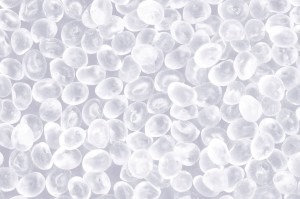
Natureworks, a bioplastics specialist, is using a variety of material characterisation tools from Malvern Instruments to accelerate product development and achieve high-quality standards.
Under the trade name Ingeo, Natureworks supplies polylactic acid, a high-performance polymer with a carbon footprint lower than conventional petroleum-based alternatives.
Data generated using the Viscotek TDAmax, Malvern's advanced triple-detector gel permeation chromatography (GPC) system, and the Rosand RH-7, a floor-standing capillary rheometer, enables the company to tailor the polymer to meet the exacting demands of the polymer processing community.
A Viscotek dilute-solution viscosity system provides sensitive quality control.
Ingeo is used commercially in the production of extruded and thermoformed containers, fibres and non-wovens, films and extrusion and emulsion coatings.
In many cases, it is processed - extruded, blown and injection moulded - using conventional equipment with only minor modification.
While this simplifies the displacement of traditional polymers in established markets, it demands the tight control of polymer properties.
Jed Randall, research scientist at Natureworks, said: 'We use the Rosand to assess the effect of additives and molecular structure on extrusion properties such as die swell, melt fracture and shear thinning behaviour.
'The melt haul-off device is especially useful as it gives a direct measure of melt strength - a key variable for fibre production and melt processing.
'With the TDAmax, we measure absolute molecular weight and the degree of branching in the polymer - an important control parameter,' he added.
The Viscotek TDAmax has an integrated triple-detector array that includes a low-angle light-scattering (LALS) detector and a four-capillary differential viscometer.
It measures absolute molecular weight and intrinsic viscosity data, which together quantify branching and molecular size.
The Rosand RH7 is a twin-bore floor-standing capillary rheometer with good speed control and accuracy and a dynamic operating range.
The haul-off device is an attachment to the rheometer that is used to measure melt strength and to simulate fibre-drawing and blow-moulding processes.




